The brutish Bristol Beaufighter is a rare beast these days, with just a handful of complete survivors, and none currently in airworthy condition. The biggest problem with getting a Beau’ flying again, outside of their rarity of course, is sourcing rebuildable examples of the correct series Bristol Hercules engines. While post-war examples of the powerplant are relatively plentiful, these units are unsuitable due to their larger accessory section which makes them incompatible with the Beaufighter’s engine mount. However, there are potential solutions to the problem, which Peter Brooke is working on with Historical Aircraft Engines in Brisbane, Australia. Brooke is restoring a couple of correct series Hercules engines which will eventually go in Beaufighter Mk.If X7688 which Rob Greinert is restoring at the Historical Aircraft Restoration Society’s museum in Albion Park, Australia.
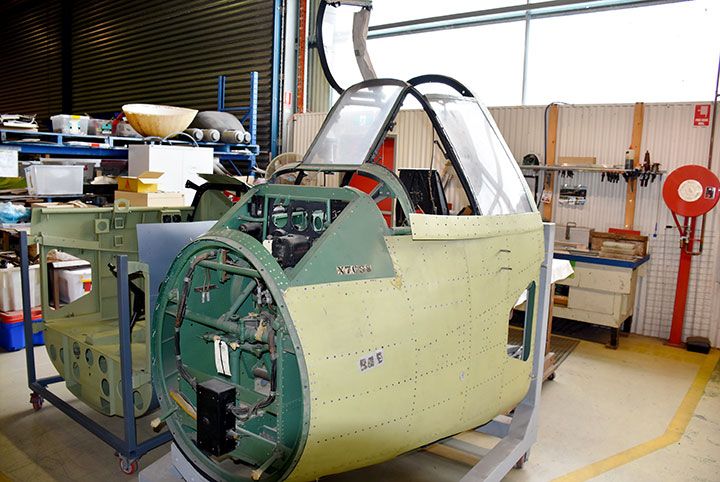
The Hercules engine projects recently received a boost with the acquisition of a massive cache of spare parts from New Zealand. While much of these parts will likely be for later model engines used in Bristol Freighter cargo planes, there are a good number of exceedingly rare parts compatible with the early Hercules engines. Our good friend John Parker of Warbirds Online recently visited with Peter Brooke to check up on progress, and we thought our readers would enjoy his report below…
Work continues to rebuild Bristol Hercules engines by Peter Brooke at Historical Aircraft Engines in Brisbane Queensland for the Bristol Beaufighter project of the Historical Aircraft Restoration Society.
The great news at present is the arrival from New Zealand of no less than 16 tons of Bristol Hercules spare parts. This purchase has been some time in the making and is a major milestone in the restoration of several engines for the Beaufighter.
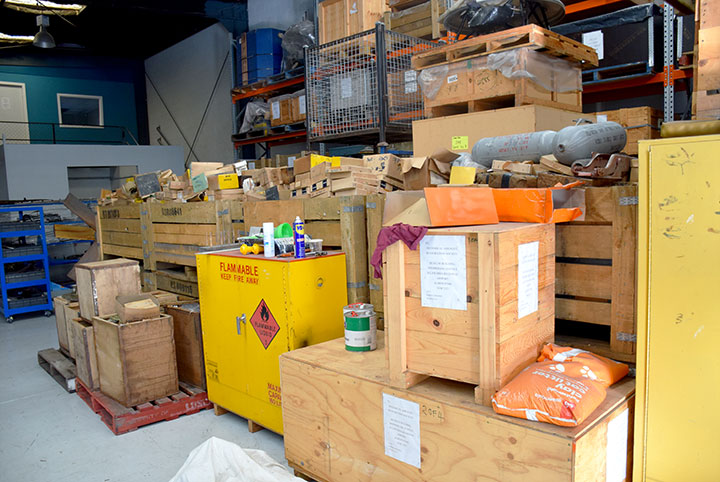
Although Bristol manufactured huge numbers of Hercules engines during WWII, very few of the early series remain and almost none in airworthy condition. This has always been seen as a major hurdle in the airworthy restoration of a Beaufighter. Although suitable parts and engines had been acquired to make it possible to restore several engines there were virtually no backup spares should anything go awry with the power plant in service.
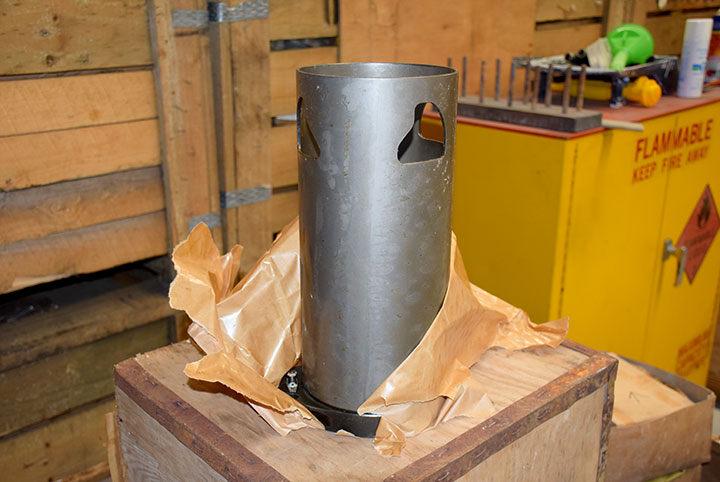
One of the greatest finds in the tons of spare parts has been the number of new Sleeve valves available for use in the rebuilds as these are very scarce especially in serviceable condition. Many other parts were contained in the spares holding including pistons, rings and bearings, however, there now has to be a complete stock take and inventory of the parts to determine the full extent of what has been acquired. There is no doubt however, that sufficient parts are now to hand to allow the rebuild of the Hercules engines with sufficient redundancy to allow for ongoing serviceability of a Beaufighter.
Peter has recently been busy on other projects such as the rebuilding of 3 x Jacobs R-775 A2, 7 cylinder 12.4 L 300 bhp air-cooled radial engines from the replica of the famous record breaking Southern Cross Fokker FV11B of Sir Charles Kingsford Smith. These engines required a full rebuild as the aircraft restoration itself takes place at HARS Albion Park NSW facility with the recent fitting of the reconstructed wing assembly.
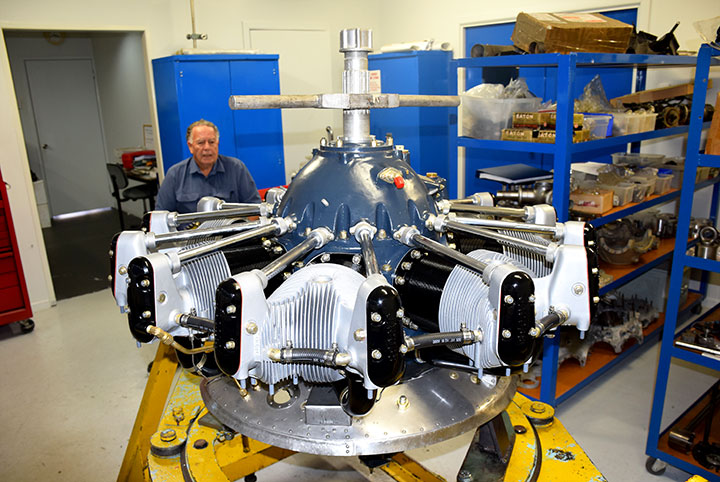
On the day of our visit the first of the Jacobs was on the assembly stand and near to completion, as with all Peters’ work the result is not just of a high technical standard but is also a visual work of art. Work will now progress further on the Hercules rebuilds after the inventory has been finalized and a course of action is also now decided for the progress on the rebuild of propellers for the Beaufighter, another difficult task which has caused much difficulty over the years.
Many thanks indeed to John Parker of Warbirds Online for this report! We look forwards to seeing (and hearing!) more about the restoration of these fabulous engines, and the Beaufighter in due course.







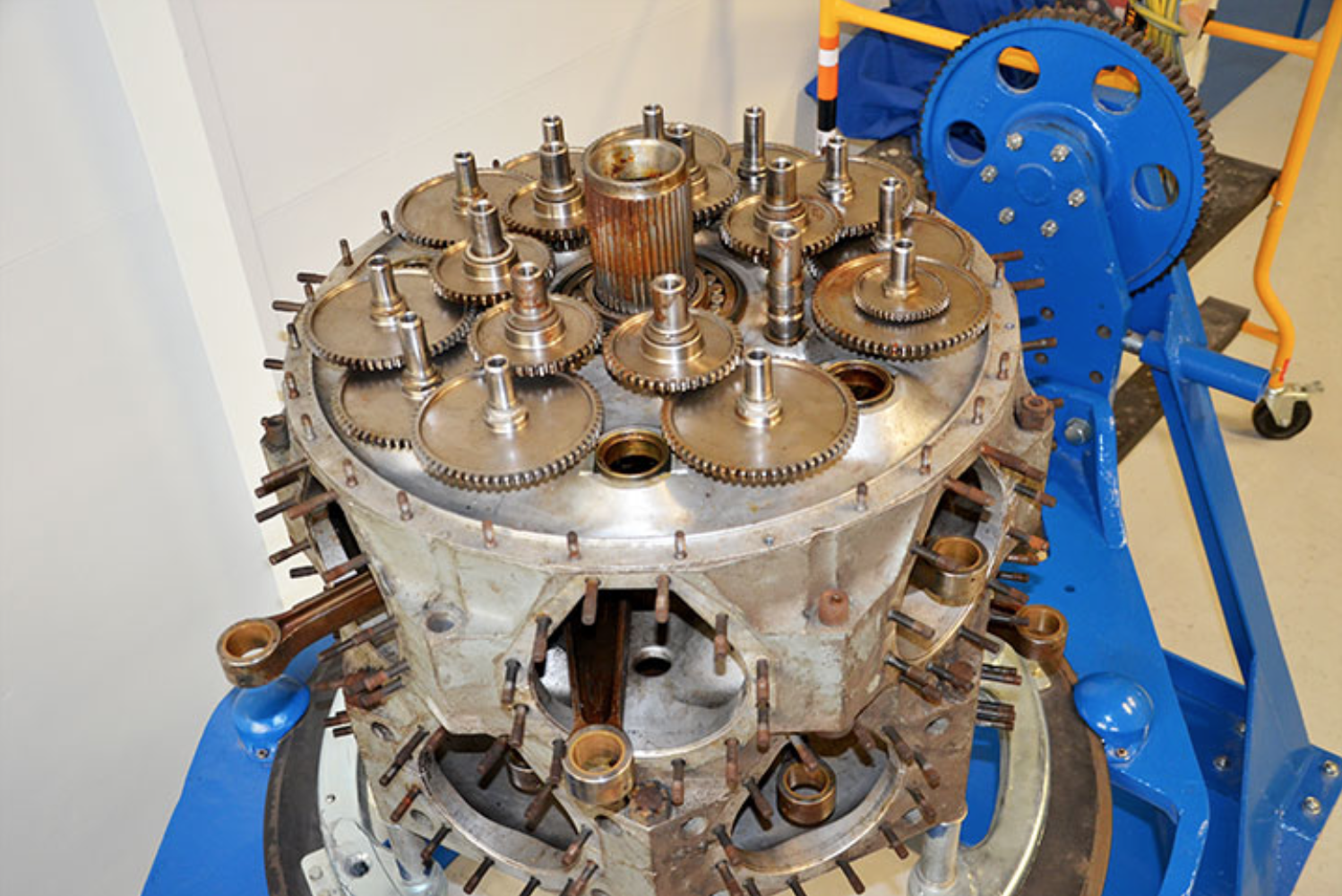

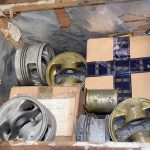
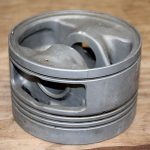
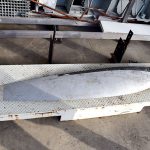
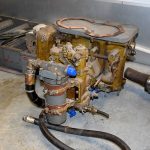
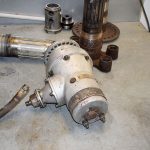
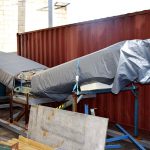
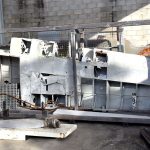

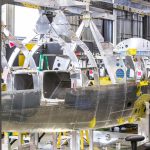
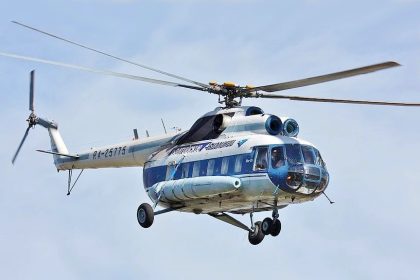
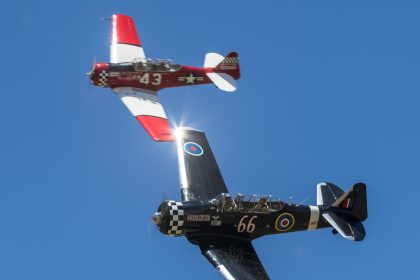
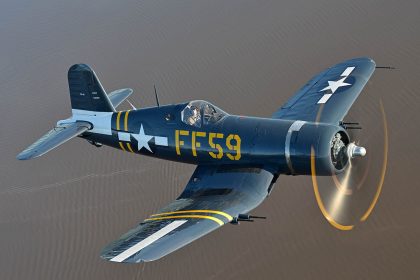
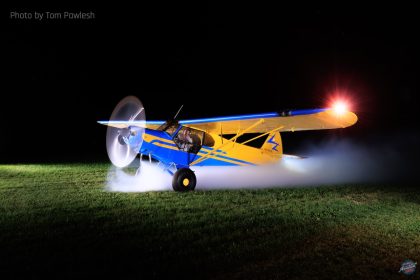
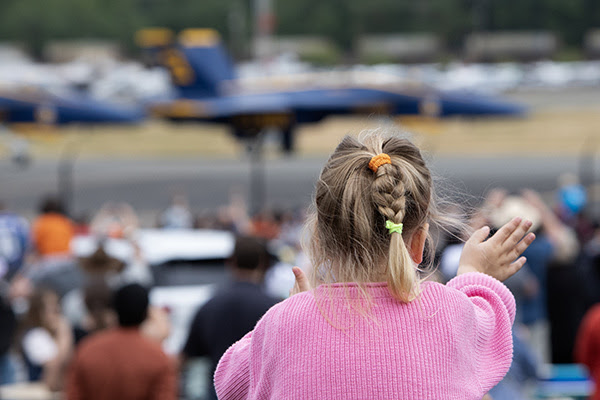

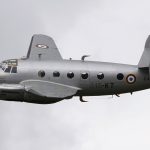

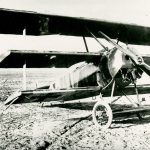
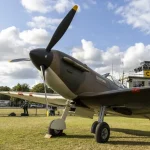
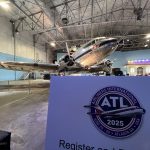


Great project getting a flying Beaufighter: I’ve offen, over many years, wondered into the Duxford rebuild hanger to see if their Beaufighter is moving any further forward, but although the airframe looks good, no suitable engines: don’t suppose you could spare two or three for Duxford? Guess not. Good luck and look forward to hearing you are airborne.
Accepting that the bulk of the Beaufighters were completed with the Hercules, a number flew operationally with Merlins (MKIIF) so is it not feasible for Duxford to modify their rebuild of their IC into the IIF and utilise Merlins instead? If they wish to see it fly and early Hercules are non-existant..
You raise a fair point. I believe they have actually considered this option, however, from what I recall, there were significant directional stability issues with the Mk.IIF, which may be why the Merlin engine option was not chosen.
My ex girlfriends father flew Beaufighters with merlin engines in Scotland for the fleet air arm(land based). He said you had to have one engine on half power on take okk as the torke would turn it upside down as you took off.
Thanks for that very interesting piece on the unique Herc’s of the Beaufighter. I read Bill Gunston’s book “Feddon’ a few years ago and remember the serious problems that Roy Feddon had to find an alloy suitable for mass producing the sleeves for these engines. My father spent many hours flying new Wellingtons from Portreath in Cornwall to North Africa in 1943-4. Early ones had Bristol Pegasus engines, with the odd failure; but his favourite was the Hercules… and no failures! Possibly the same nark as your Beau engines?
Australia and New Zealand is a real haven for WW2 aeroplanes, spares and the skilled folk to restore them. Well done Peter Brooke.
Keep up the good work!